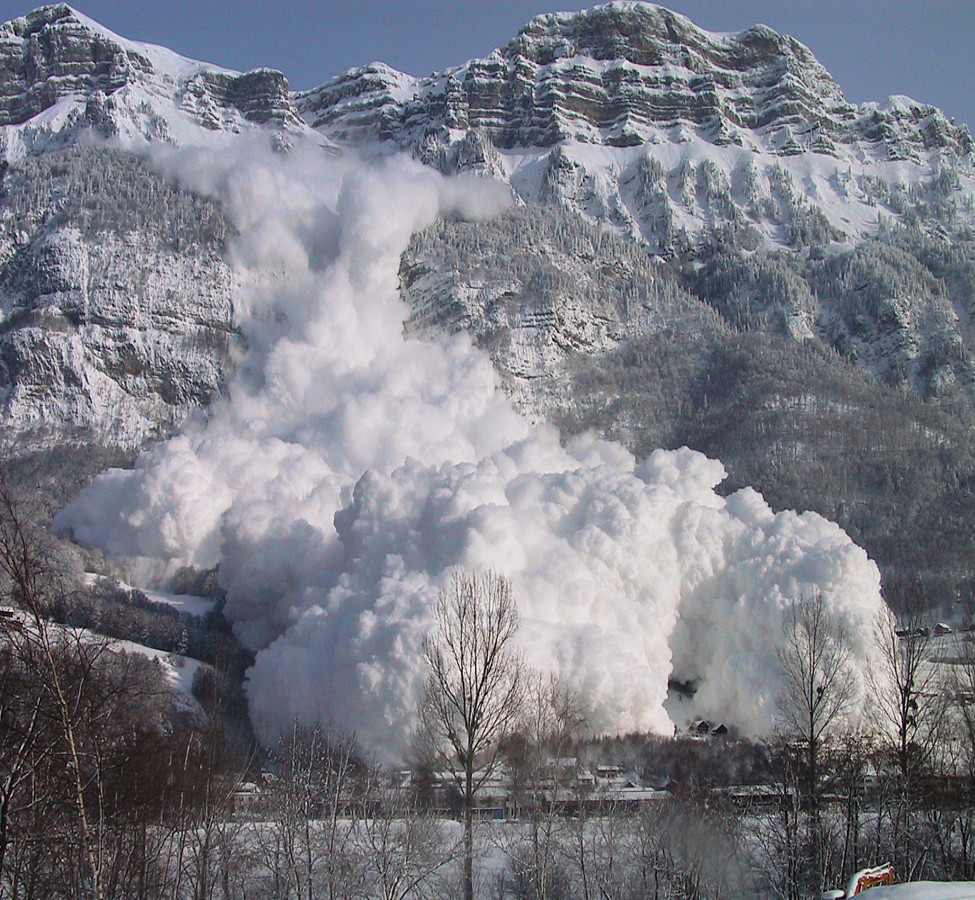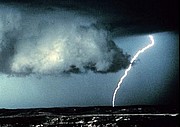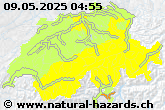Thunder and lightning
The upper part of a thunder cloud is mainly negatively charged, but the lower part is mostly positively charged. Lightning evens out this separation of charges.
Lightning can be within a cloud (intracloud), between clouds (cloud-to-cloud) or from a cloud to the ground (cloud-to-ground). In the case of cloud-to-ground lightning, first of all the typical flash of lightning can be seen, as a result of the downwards discharge. A narrow lightning channel (diameter < 12 mm) is created between the current of positive charge leaving the earth and the current of negative charge leaving the cloud. The tension can reach more than 100 million Volts. The main outwards discharge, corresponding to the lightning, is much less spectacular. During discharge, there is an enormous current (typically about 20,000 Amps, but occasionally up to 100,000 Amps), heating up the air for a fraction of a second. For a short time the temperature is greater than on the surface of the sun. As a result of the enormous amount of energy, the discharge leads to shock waves as from an explosion, and these can be heard as thunder.
Lightning mainly strikes where an object – such as an antenna or a tree – is higher than the surroundings. Also, it particularly strikes things that are highly conductive (e.g. metal).




